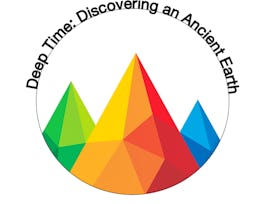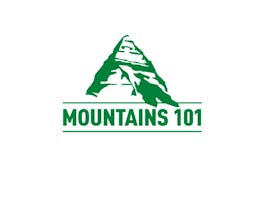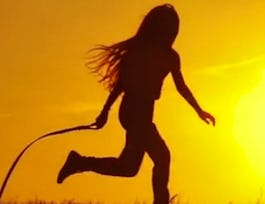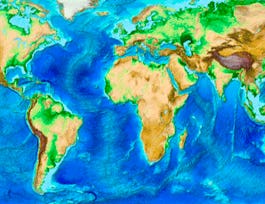The AMNH course The Dynamic Earth: A Course for Educators provides students with an overview of the origin and evolution of the Earth. Informed by the recently released Next Generation Science Standards, this course examines geological time scales, radiometric dating, and how scientists “read the rocks.” We will explore dramatic changes in the Earth over the last 4 billion years, including how the evolution of life on Earth has affected its atmosphere. In addition to looking at geology on a global scale, participants will take to their own backyards to explore and share their local geologic history. Course participants will bring their understanding of the dynamic Earth - along with content resources, discussion questions, and assignments - into their own teaching.


The Dynamic Earth: A Course for Educators
Taught in English
Some content may not be translated
18,180 already enrolled
(212 reviews)
Details to know

Add to your LinkedIn profile
4 quizzes
See how employees at top companies are mastering in-demand skills


Earn a career certificate
Add this credential to your LinkedIn profile, resume, or CV
Share it on social media and in your performance review

There are 4 modules in this course
You will explore the ways scientists study the rock record to determine the geologic history of the Earth.
What's included
4 videos5 readings1 quiz
You will learn how the evolution of photosynthetic life changed the concentration of oxygen in the oceans and atmosphere, and how this is reflected in the rock record. You will also become familiar with how the Next Generation Science Standards connect to this week’s content. Finally, you will complete a written assignment: an analysis of a local geologic feature.
What's included
7 videos2 readings1 quiz1 peer review
You will learn how convection causes solid rock to flow in the Earth’s mantle and how the movement of the Earth’s tectonic plates forms mountains. You will also learn how to identify and address common student misconceptions about plate tectonics.
What's included
5 videos2 readings1 quiz
You will learn about earthquake risk. Using a multimedia teaching case about earthquake risk in Bangladesh, you will learn how scientists define and assess the risk from geologic events. You will also learn how to implement this or similar teaching cases with your students.
What's included
7 videos4 readings1 quiz
Instructors

Offered by
Recommended if you're interested in Environmental Science and Sustainability

University of Colorado Boulder

University of Alberta

Dartmouth College

University of Illinois at Urbana-Champaign
Why people choose Coursera for their career




Learner reviews
Showing 3 of 212
212 reviews
- 5 stars
78.77%
- 4 stars
12.73%
- 3 stars
6.13%
- 2 stars
1.41%
- 1 star
0.94%

Open new doors with Coursera Plus
Unlimited access to 7,000+ world-class courses, hands-on projects, and job-ready certificate programs - all included in your subscription
Advance your career with an online degree
Earn a degree from world-class universities - 100% online
Join over 3,400 global companies that choose Coursera for Business
Upskill your employees to excel in the digital economy
Frequently asked questions
Access to lectures and assignments depends on your type of enrollment. If you take a course in audit mode, you will be able to see most course materials for free. To access graded assignments and to earn a Certificate, you will need to purchase the Certificate experience, during or after your audit. If you don't see the audit option:
The course may not offer an audit option. You can try a Free Trial instead, or apply for Financial Aid.
The course may offer 'Full Course, No Certificate' instead. This option lets you see all course materials, submit required assessments, and get a final grade. This also means that you will not be able to purchase a Certificate experience.
When you purchase a Certificate you get access to all course materials, including graded assignments. Upon completing the course, your electronic Certificate will be added to your Accomplishments page - from there, you can print your Certificate or add it to your LinkedIn profile. If you only want to read and view the course content, you can audit the course for free.
You will be eligible for a full refund until two weeks after your payment date, or (for courses that have just launched) until two weeks after the first session of the course begins, whichever is later. You cannot receive a refund once you’ve earned a Course Certificate, even if you complete the course within the two-week refund period. See our full refund policy.



